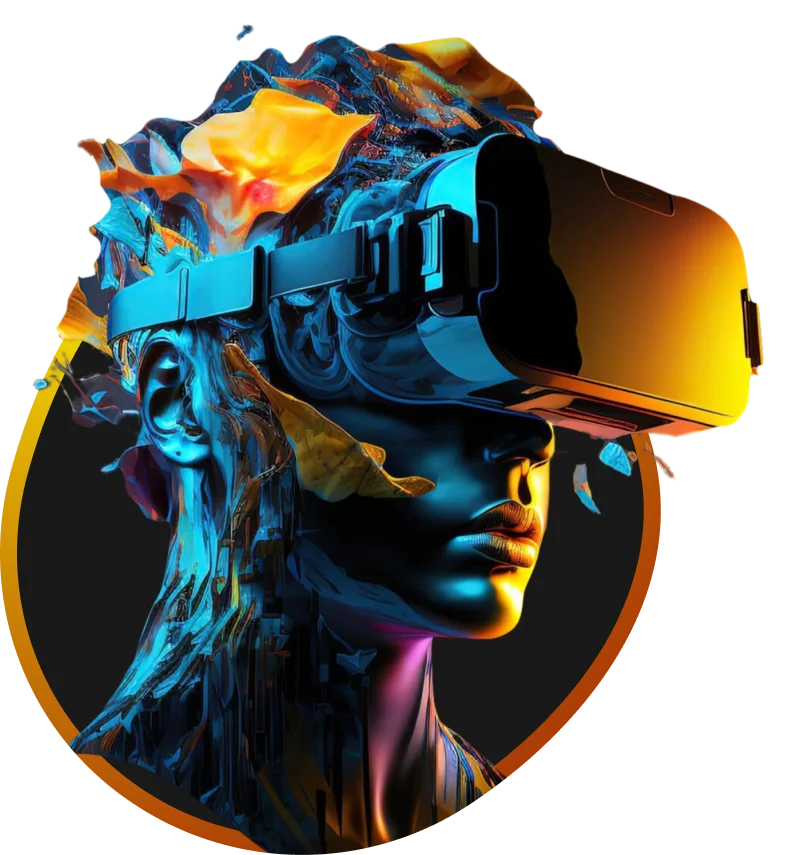Use Case
Multi‑tenant container farming: allocate, price, and book space with dimensional validation and utilization tracking.
Primary Users
Growers, container operators, and marketplace admins; optional investor view for ROI and risk.
Business Impact
Higher space utilization, faster time‑to‑book, and improved yield predictability via AI‑assisted planning.
Operators needed a single pane to visualize container capacity, price allocations with confidence, and streamline bookings. IdeaUsher delivered a mobile‑first platform with visual space planning (2D/3D), instant cost calculation, and an admin analytics layer that forecasts utilization and revenue.
- Increase utilization by minimizing under‑allocated pockets and preventing overbooking.
- Shorten decision time with live pricing and clear fit/feasibility feedback.
- Improve predictability of yield and cash flow via historical patterns and AI signals.
- Standardize metadata for containers (size, utilities, climate control) to enable search and benchmarking.
- Space precision: Manual planning caused gaps and overlaps; growers lacked a reliable view of L×W×H fit.
- Pricing opacity: Varying rules for m³/day rates, utilities, and duration discounts confused buyers.
- Fragmented data: Inconsistent container specs (insulation, temp range, water) reduced discoverability.
- Ops visibility: Admins had no forward‑looking view of demand, churn risk, or revenue per m³.
- Scale & latency: Real‑time updates across many containers required resilient streaming and caching.
Architecture
- Mobile apps (Flutter) for growers; web console for operators/admins.
- Services (Node.js): pricing, allocation validator, booking orchestrator, telemetry ingest.
- Data: PostgreSQL (metadata, bookings), time‑series store for sensor streams; CDN for media.
- AI: yield forecasting, anomaly detection; model registry and batched retraining.
Key Design Choices
- Edge validation to block impossible dimensions before they hit the API.
- Event‑sourced bookings with idempotent writes; conflict resolution for overlapping holds.
- Cache‑first reads for listings; WebSocket push for availability changes.
Core Flows
- Discover & Filter: Search by size, utilities, insulation, temp control; badges for availability.
- Space Selector: L×W×H sliders with live validation and utilization meter; 2D plan and optional 3D preview.
- Price & Reserve: Auto‑priced quote with breakdown (space %, duration, utilities); soft hold; confirm.
- Admin Oversight: Utilization dashboards, revenue per container, cohort analyses, and CSV/PDF exports.
Feature Matrix
| Area | Grower | Operator/Admin |
|---|---|---|
| Listings | Search, filters, save | Create/edit, availability, bulk upload |
| Allocation | 2D/3D selector, validation | Capacity rules, conflict resolution |
| Pricing | Instant totals & discounts | Rate cards, utility add‑ons, promos |
| Analytics | Utilization view, cost estimate | Utilization, revenue, churn risk |
| Exports | Quote PDF | CSV/PDF reports |
Pricing & Calculations
- Utilization (%) = (Allocated Volume ÷ Total Volume) × 100
- Rental Price = BaseRate_per_m³/day × Allocated_m³ × Days × (1 − DurationDiscount)
- ROI (simple) = (Revenue − (Opex + CapEx/period)) ÷ (Opex + CapEx/period)
Example: Base $4/m³/day, 12 m³ for 14 days, 10% long‑stay discount → $4×12×14×0.9 = $605.
Security & Compliance
- Auth via OAuth2/OIDC; role‑based access (grower, operator, admin).
- Data at rest AES‑256; in transit TLS 1.2+; signed URLs for media.
- Audit logs for pricing changes, holds, and booking confirmations.
- Backups, PITR, and PII minimization (only operational data retained).
Implementation Roadmap
- Phase 1 (0–3 wks): Requirements, IA, UI kit, clickable prototype.
- Phase 2 (4–8 wks): Listings, Space Selector, pricing service, booking holds.
- Phase 3 (9–12 wks): Admin dashboards, exports, alerts; hardening & UAT.
- Phase 4 (13+ wks): AI forecasting v1, multi‑tenant ops, cost optimization.
FAQ
- Can operators set custom rate cards? Yes—by container type, utilities, and duration bands.
- Does the system prevent double booking? Yes—event‑sourced holds with conflict detection.
- Is there offline support? Yes—local cache with queued sync for listings and drafts.
Technology Stack
- Frontend: Flutter (Android/iOS) + responsive web console.
- Backend: Node.js micro‑services (pricing, allocation, bookings, telemetry).
- Data: PostgreSQL (OLTP), time‑series store for sensors, object storage for media.
- AI: TensorFlow/PyTorch for yield forecasting & anomaly detection.
- DevOps: CI/CD, blue‑green deploys, metrics & tracing, alerts.
Partner with IdeaUsher for Agritech Innovation
From space planning to predictive analytics, we help agritech teams ship reliable, scalable apps that growers love—and investors trust.

















